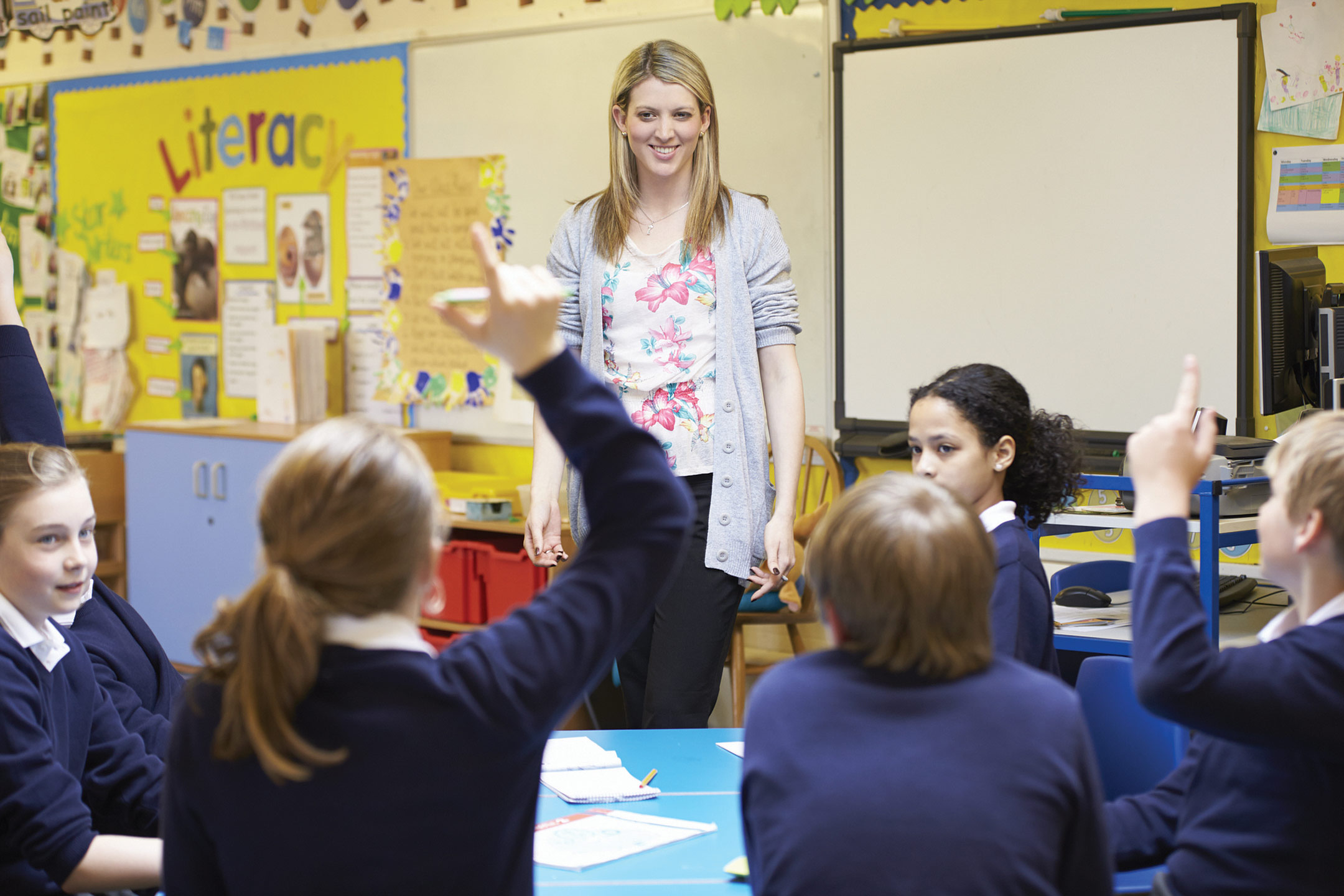
30 Oct Teaching Smarter: Why Flexible Schooling Could Stop Teacher Burnout
Education experts say flexible school models could curb teacher burnout and boost student success — it’s time to rethink the school day.
Reimagining the School Day
The traditional 8:30 am to 3:15 pm school day was designed for another era — and it’s no longer serving modern teachers, families or students, says CQUniversity education expert Professor Ken Purnell.
“Our education system was built around industrial-age routines, not human ones,” he explains. “It’s time to reimagine schooling so it works with people’s rhythms — not against them.”
Making Flexibility the Norm
From split shifts and job-sharing to hybrid and online teaching, flexible models are already working in parts of Queensland and New South Wales — but they’re still the exception, not the rule.
Research by CQUniversity academics and alumni shows that when teachers have flexibility, everyone benefits. Teachers enjoy better work-life balance, students learn more effectively, and schools run more efficiently.
Real-World Results
Trials such as Sydney’s staggered-start schools and Queensland’s pilot programs have shown promising results — less traffic congestion, happier teachers, and smoother family routines. Job-sharing and reduced administrative loads also help experienced educators stay in the profession through different life stages.
“It’s not about doing less,” says Professor Purnell. “It’s about working smarter and sustaining great teaching.”
A Smarter System for Everyone
Flexible scheduling can even make economic sense by using classrooms and technology more efficiently — reducing the need for new infrastructure.
Yet progress has been slow. “Cultural inertia, outdated policies and fears about equity are holding schools back,” Professor Purnell says. “But the pandemic proved flexibility, when done well, strengthens education — it doesn’t weaken it.”
He believes the solution is clear: “What’s needed now is the courage and leadership to make flexibility a standard feature of Australian schooling.”




